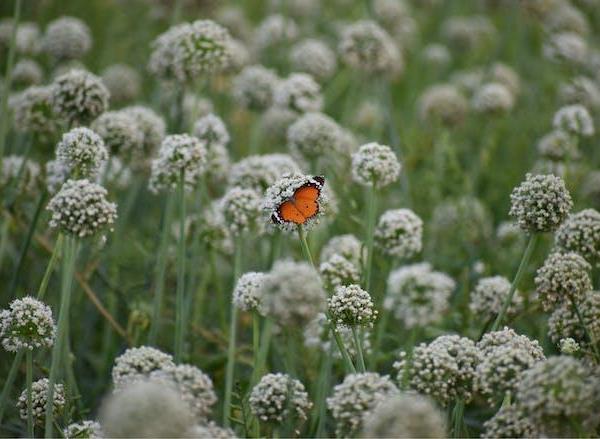Photo by Ravi Sharma from Pexels Introduction
A sensory garden is a specially designed space that engages and stimulates the senses, providing therapeutic benefits and a unique sensory experience. These gardens are created with the intention of promoting relaxation, reducing stress, and enhancing overall well-being. Whether you have a large backyard or a small balcony, you can create a sensory garden that caters to your needs and preferences. In this article, we will explore various elements and ideas for creating a sensory garden that offers therapeutic and sensory experiences.
Plants and Flowers
Choose a variety of plants and flowers that engage multiple senses. Fragrant flowers like lavender, jasmine, or roses provide a delightful aroma. Plants with interesting textures, such as lamb's ear or velvety leaves, offer tactile stimulation. Consider incorporating plants with vibrant colors or unique shapes to provide visual interest. Edible plants like herbs or berries can also be included, allowing visitors to taste and experience different flavors.
Water Features
Water features, such as fountains, ponds, or waterfalls, add a calming and soothing element to a sensory garden. The sound of flowing water can be incredibly relaxing and helps drown out background noise. The sight and movement of water can also be visually captivating. Consider adding water plants like water lilies or water hyacinths, which introduce different textures and colors to the garden.
Wind Chimes and Musical Elements
Incorporate wind chimes, bells, or other musical elements to create auditory stimulation. The gentle sounds produced by these features can help promote relaxation and a sense of tranquility. Choose chimes with different tones and materials to add variety. You can also include musical instruments, such as a xylophone or drums, for visitors to play and create their own melodies.
Textured Paths and Surfaces
Create paths and surfaces with different textures to engage the sense of touch. Incorporate materials like smooth stones, gravel, or stepping stones to offer a variety of sensations underfoot. A sand or pebble area can provide a tactile experience for visitors to run their hands through. Consider adding benches or seating areas with cushions or textured fabrics to enhance comfort and tactile stimulation.
Fragrant Herbs and Aromatherapy Plants
Including aromatic plants and herbs in your sensory garden can engage the sense of smell and provide therapeutic benefits. Lavender, chamomile, mint, and rosemary are just a few examples of plants that emit soothing and relaxing scents. You can also incorporate aromatherapy plants like lemon balm or eucalyptus, which have various healing properties and can enhance the sensory experience.
Visual Focal Points and Art Installations
Create visual focal points in your sensory garden to capture attention and provide a visually appealing experience. Install sculptures, art installations, or colorful wind spinners to add interest and beauty. Consider using colors that evoke specific emotions, such as blues and greens for calmness or bright colors for energy and stimulation. A visually engaging garden can be uplifting and provide a sense of joy and wonder.
Seating Areas and Quiet Spaces
Incorporate comfortable seating areas throughout the garden to provide visitors with spaces for relaxation and reflection. Consider adding cozy chairs, hammocks, or benches where individuals can sit and enjoy the sensory experience. Create secluded areas with greenery or trellises to offer privacy and a sense of escape from the outside world.
Wildlife and Bird Feeders
Invite wildlife into your sensory garden by incorporating bird feeders, bird baths, or butterfly-attracting plants. The sight and sounds of birds and butterflies can create a sense of connection with nature. It can be therapeutic and peaceful to watch birds or butterflies fluttering around the garden. Ensure the plants you choose provide food and shelter for these creatures, making your garden a haven for wildlife.
Conclusion
Creating a sensory garden allows you to design a space that provides therapeutic and sensory experiences, promoting relaxation, reducing stress, and enhancing well-being. By incorporating elements such as plants and flowers, water features, wind chimes, textured paths, fragrant herbs, visual focal points, seating areas, and wildlife attractions, you can create a multi-sensory environment that engages and stimulates the senses. Whether you have a large or small outdoor space, a balcony, or even an indoor area, you can adapt these ideas to create your own unique sensory garden. Embrace the beauty of nature, engage your senses, and enjoy the therapeutic benefits of a sensory garden that caters to your specific needs and desires.



